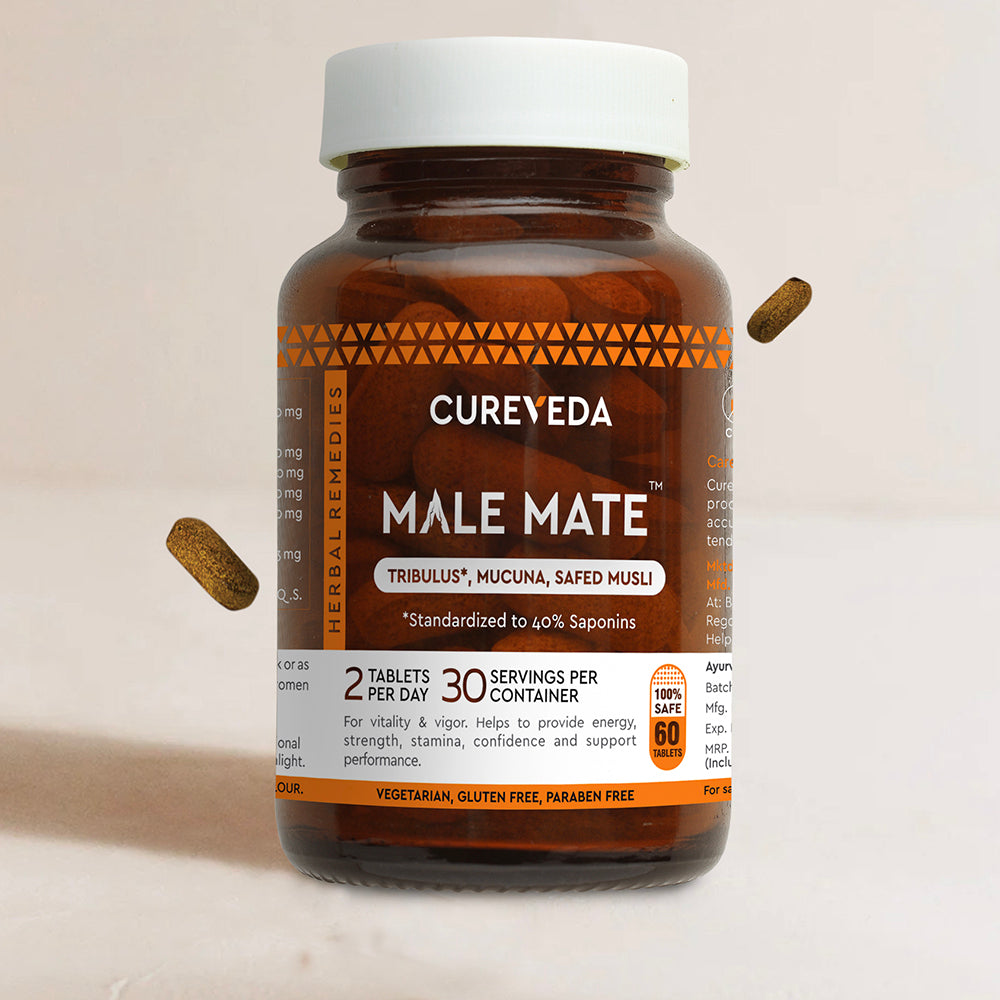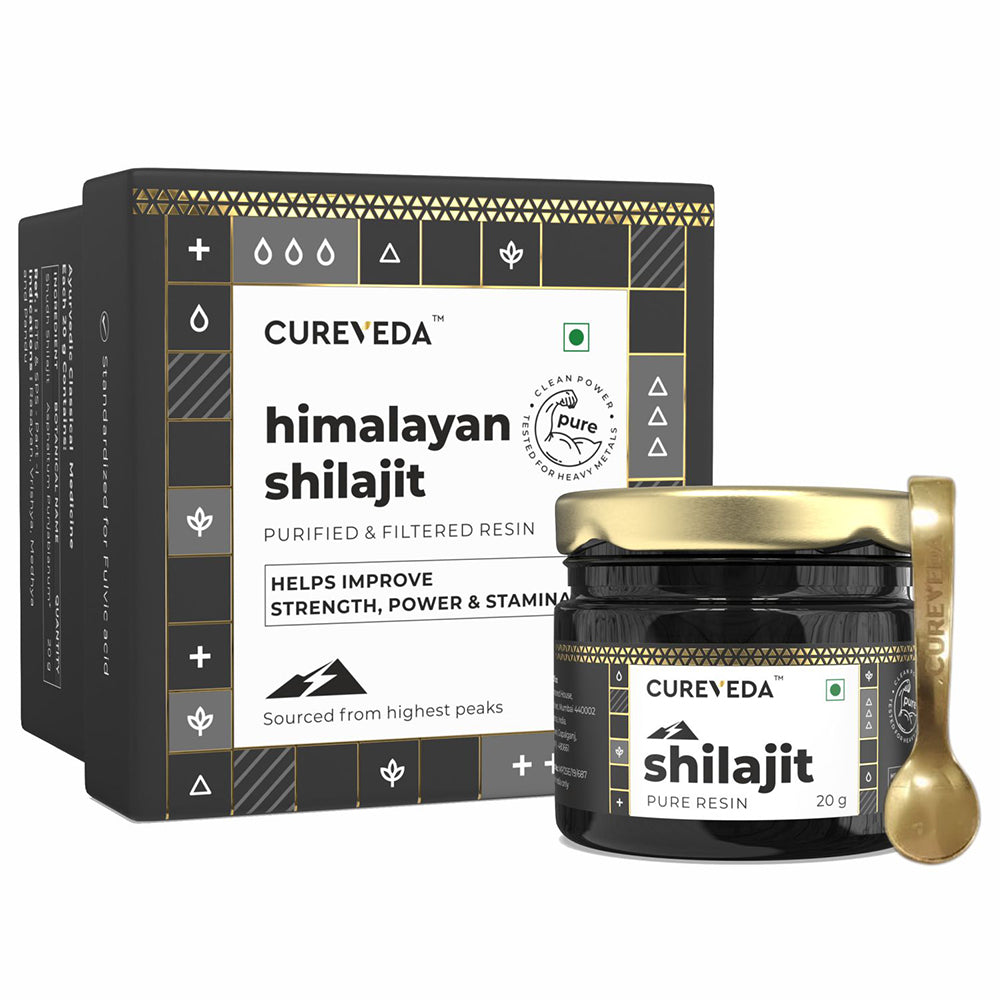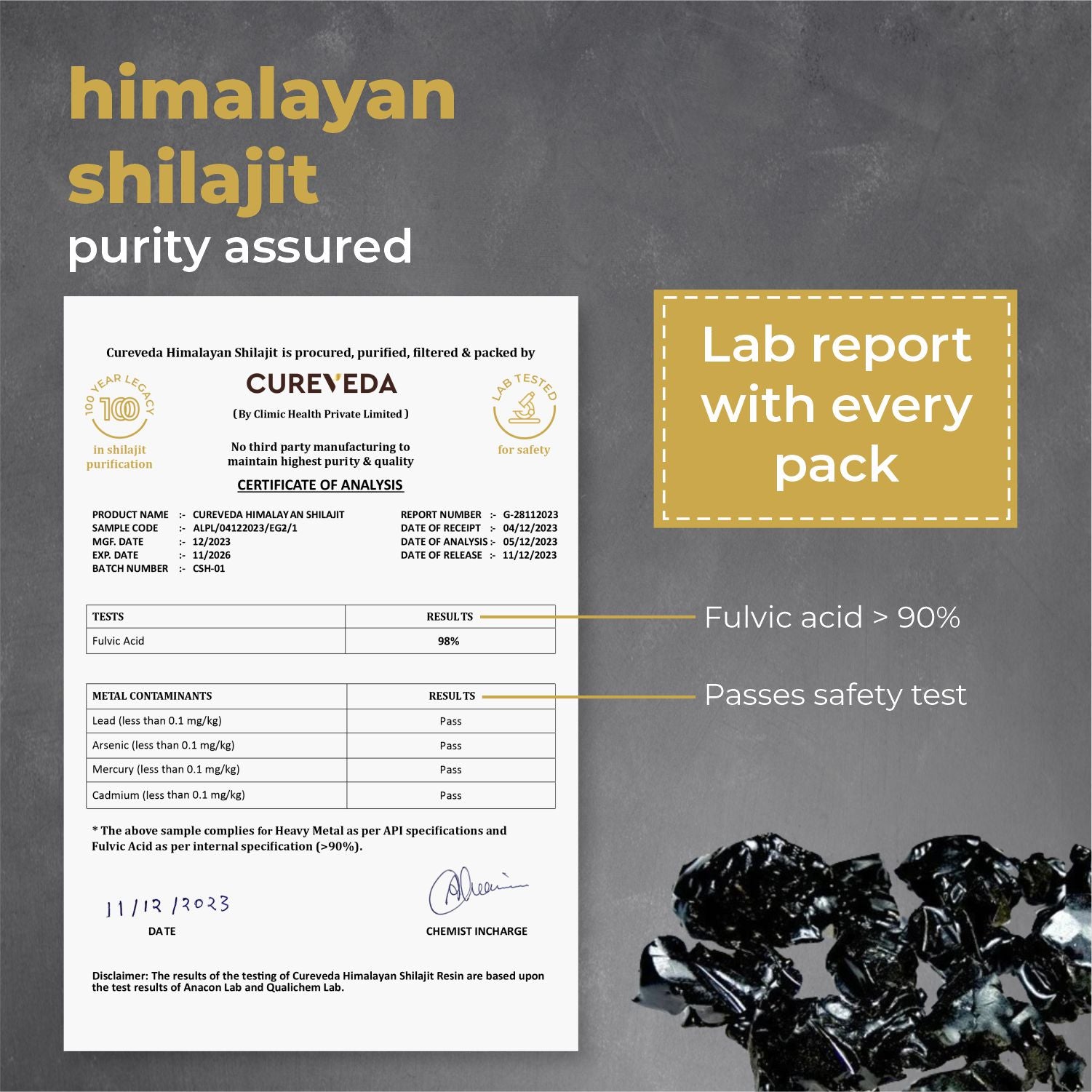Oligospermia
Oligospermia refers to semen with a low concentration of sperm and is a common finding in male infertility. Often, semen with a decreased sperm concentration may also show significant abnormalities in sperm morphology and motility. Oligospermia is defined as a lower number of sperm in the ejaculate. Among infertile couples, 40% of cases are primarily due to male infertility, while in 20% of these cases, it is a combination of both male and female factors that lead to infertility. Out of several causes of male infertility, Oligospermia is considered one of the most prevalent in clinical practice.
Since Oligospermia tends to have no effect on sexual function, men may not realize they have this condition unless they experience trouble conceiving with a partner. The diagnosis of Oligospermia is based on a low sperm count in a semen analysis performed on two occasions. For many decades, a sperm concentration of less than 20 million sperm/ml was considered low or Oligospermic. Recently, however, the WHO reassessed sperm criteria and established a lower reference point of less than 15 million sperm/ml, consistent with the 5th percentile for fertile men. Sperm concentrations fluctuate, and Oligospermia may be temporary or permanent.
Oligospermia is one of the main causes of male infertility or sub-fertility. Sub-fertility is a reduced ability to achieve pregnancy, while infertility is defined as the complete inability to produce a pregnancy after about one year of unprotected sexual activity. Semen deficiencies are often labeled as follows:
- Oligospermia: Decreased number of spermatozoa in semen
- Aspermia: Complete lack of semen
- Hypospermia: Reduced seminal volume
- Azoospermia: Absence of sperm cells in semen
- Teratospermia: Increase in sperm with abnormal morphology
- Asthenozoospermia: Reduced sperm motility
There are various combinations of these conditions as well, e.g., Teratoasthenozoospermia, which is reduced sperm morphology and motility. Low sperm counts are often associated with decreased sperm motility and increased abnormal morphology, thus representing "Oligoasthenoteratozoospermia."
Oligospermia can result from many factors, some of which are permanent and some reversible. Causes include obstruction of the normal flow of sperm due to conditions such as testicular trauma and vasectomy. It may also result from scarring due to surgery on the male reproductive system, infection, and sexually transmitted diseases. A decrease in sperm production can be due to conditions such as varicoceles (found in 15% to 20% of all men and in 25% to 40% of infertile men), hormonal disorders, diseases of the testicles, and obesity. Other causes of Oligospermia include stress, smoking, drug or alcohol use, some medications, exposure to toxins, chemicals or radiation, congenital testicular abnormalities, age (fertilization rates decrease among men over 40 years of age), malnutrition, overheating (hot tubs, fever, etc.), tight briefs, being underweight, and general health and wellness issues. Even frequent biking can impact sperm production. Some sexually transmitted diseases, such as Chlamydia and Gonorrhea, can also result in Oligospermia.
Ayurveda Management
Ayurveda, the science of life, prevention, and longevity, is the oldest and most holistic and comprehensive medical system available. It uses the inherent principles of nature to help maintain health by keeping the individual's body, mind, and spirit in perfect equilibrium with nature. According to Ayurveda, Oligospermia can be correlated with ‘Shukra kshaya’. Even though none of the standard Ayurvedic texts mention the count or motility of sperm, they clearly describe the quality of semen in the form of ‘Shuddha shukra Lakshana’. In Ayurveda, healthy semen which is more fertile is described as “shukram shuklam guru snigdham madhuram bahalam bahu ghritamaakshikatailabham sadgarbhaya ||” This means the semen which is white, heavy, sticky, sweet in taste, more in quantity, and which may look like the color of ghee, honey, or oil, is always fertile.
At CHARAKA, we provide a very effective, holistic, and wide range of treatment modalities for curing Oligospermia. Hundreds of formulations, herbs, and recipes, as well as a variety of Panchakarma and rejuvenation therapies, are advocated to achieve the qualities of semen described above. Ayurveda has a separate branch that deals with the management of defective semen and spermatogenesis along with sexual potencification, called Vajikarana Tantra (Aphrodisiac medicine). Vajikarana Therapy is recommended in Ayurveda for men who are above 16 and below 70 to maintain optimum sexual activity and healthy semen.
The treatment of Oligospermia comprises the administration of rasayanas and vajikara dravyas or medicines (virilificatory or aphrodisiacs) internally, Panchakarma & Vajikarana therapies for detoxification and rejuvenation, along with diet and lifestyle modifications. This approach will not only help in better conception but also in producing healthy offspring.







